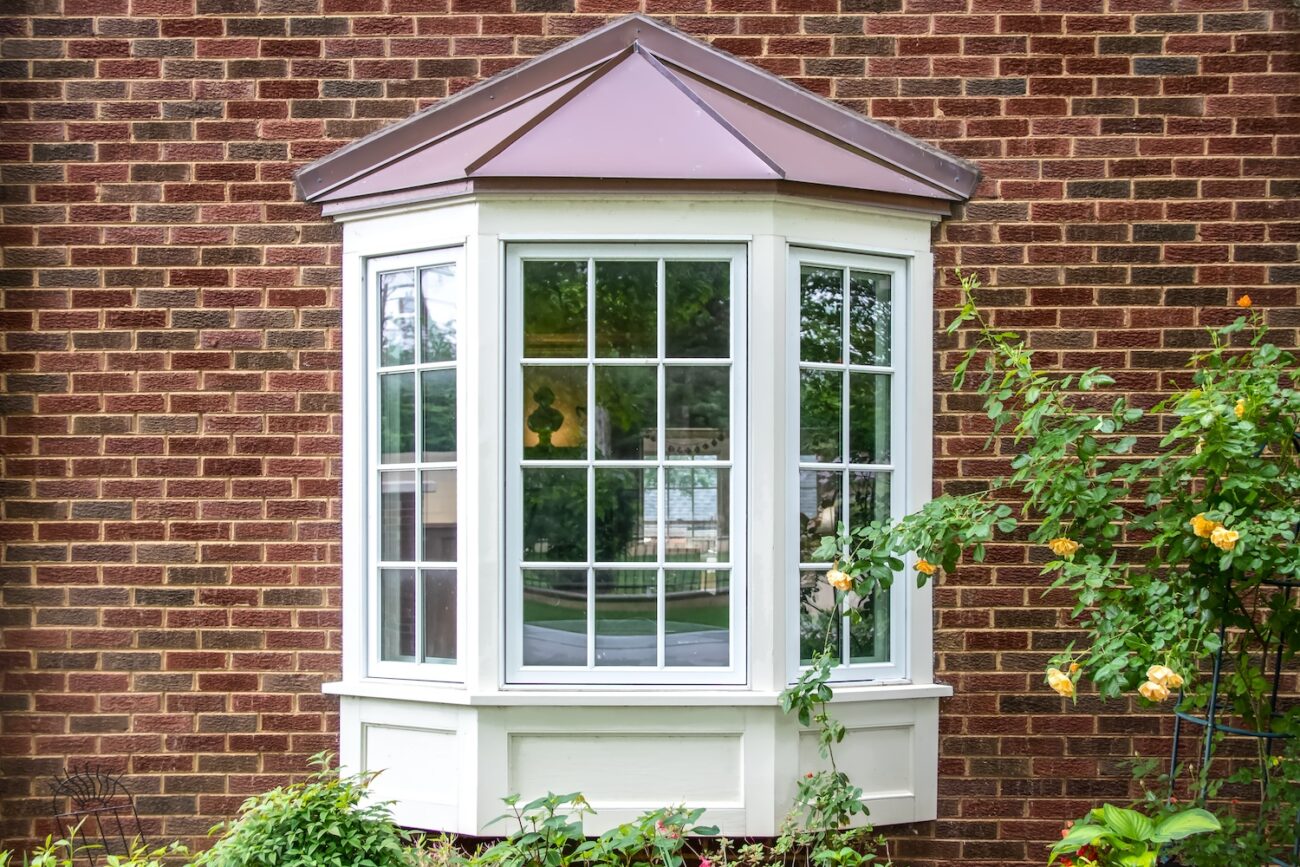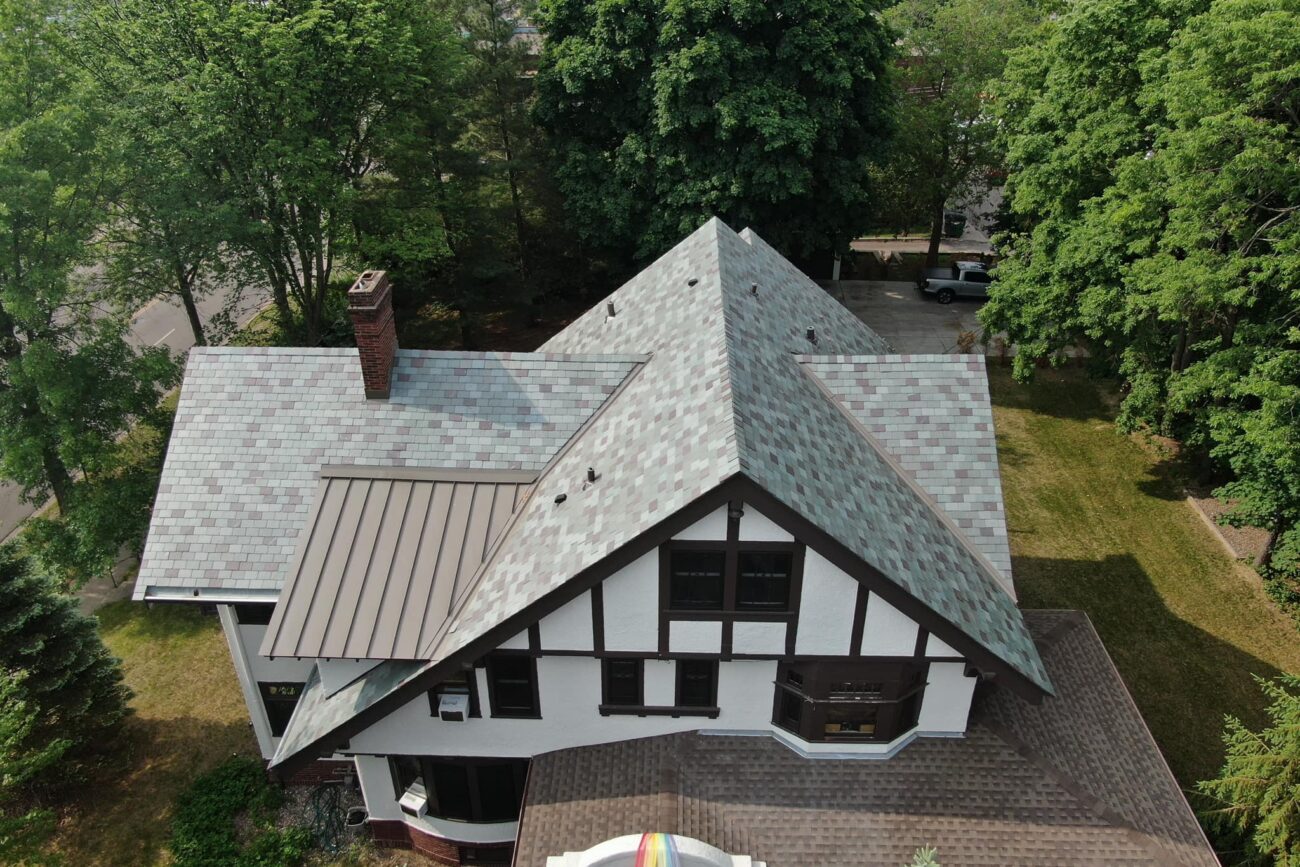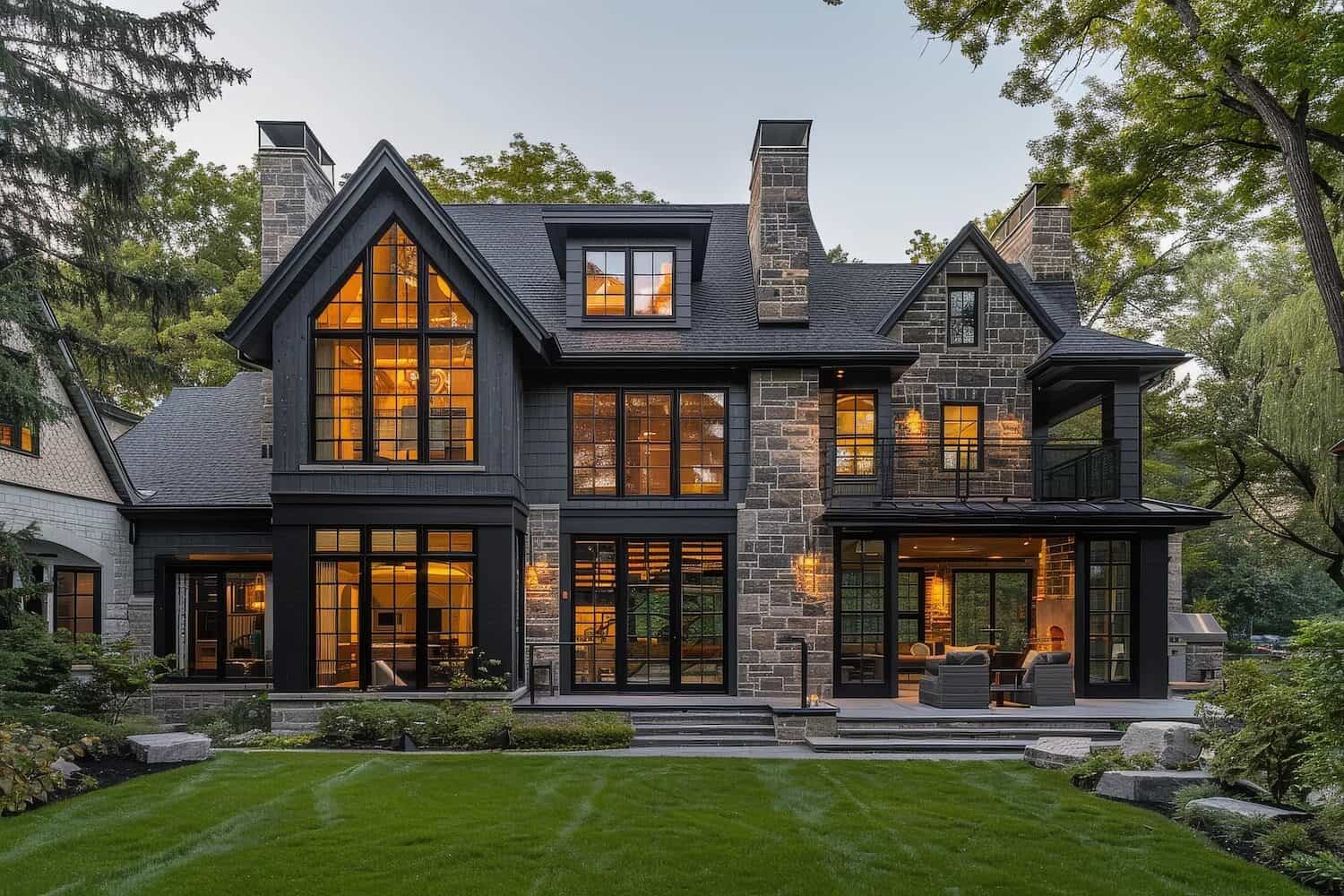The windows in your home provide both aesthetic value and protection, serving as one of the most important elements in your home’s construction. When it is time for a window replacement, homeowners often face the vinyl vs. wood windows dilemma. Making the right choice for your home brings with it several considerations, including longevity, energy costs, curb appeal, and resale value. In harsher climates, such as Minnesota, where cold weather and extreme storms are more common, finding windows that perform well under these conditions is also a deciding factor. Let’s take a look at vinyl vs. wood windows and see what type of window is right for your home.
We will look at each window material and compare:
- Durability and longevity
- Maintenance
- Performance in different climates
- Thermal efficiency
- Visual appearance
- Environmental and sustainability factors
- Cost and ROI
Durability and Longevity of Vinyl vs. Wood Windows
A window durability comparison is usually top of the list when considering a window replacement. The strength and longevity of your windows will factor into their overall cost over time.
Durability of Vinyl Windows
Vinyl is a synthetic polymer made from Polyvinyl Chloride (PVC). As a material it is resistant to moisture, rot, and insects. It also resists warping in both humidity and freezing temperatures, which makes it a durable material for windows. Depending on the climate they are exposed to, vinyl windows can last between 20 to 40 years, if properly installed and maintained.
Durability of Wood Windows
Wood is a natural material that offers superior structural strength for windows over time when compared to vinyl. It is a material, however, that is susceptible to rot, insects, and warping if not properly maintained. If well cared for, wood windows can potentially last up to 50 years, but 20 to 30 years is more typical. In addition to maintenance, climate also plays a role in their lifespan.

Bay window
Maintenance of Vinyl vs. Wood Windows
Besides durability, maintenance is also a high priority consideration when choosing new windows for your home.
Maintaining Vinyl Windows
One of the main benefits of vinyl windows is that they do not require painting or sealing and are easily cleaned with soap and water. This is a big consideration when choosing windows for your home.
Maintaining Wood Windows
Wood window maintenance is more time consuming than vinyl. As a natural material, it requires regular sealing, painting, or staining. As a homeowner, to keep your wood windows looking and functioning well, this process should be done every two to three years.
Maintenance Costs Over Time
Although low-maintenance and easy to clean, vinyl windows may eventually require small repairs to frames and seals, which is a cost consideration over time. The structural integrity of wood however is more durable. They require regular painting and sealing, as mentioned above. The cost of this process also needs to be considered long term.
These costs will also vary depending on whether you do these repairs and maintenance yourself or hire a pro to complete it. This is especially true for the time-consuming painting and resealing of wood windows. Hiring a pro will, or course, raise your maintenance costs.
Read More: Winter Window Maintenance: Preparing Your Windows for Cold Weather

Best Climates for Each Material
In the comparison between vinyl and wood windows, one of the pros of vinyl is that it doesn’t absorb water and performs exceptionally well in moisture-heavy climates. Wood, however, if not properly sealed, can expand and contract with temperature swings. This can be a con in areas that experience extreme temperature swings throughout the year, like Minnesota.
The best window material for cold climates is often considered vinyl because it does not need the extra maintenance of wood to perform well in cold temperatures. Wood, however, is naturally a good insulator and can perform well in cold climates if properly sealed.
Thermal Efficiency of Each Material
As for energy efficient window options, both vinyl and wood can offer thermal efficiency, but wood, as already stated, is naturally a better insulator. Vinyl when paired with multi-pane glass, insulated glass, which is often the case, offers high performing thermal efficiency.
Overall, insulation is key to thermal efficiency, especially around windows. This makes professional window installation to prevent drafts a high priority.
Vinyl windows can also come with an ENERGY STAR–rating, which certifies that they are designed to improve energy performance by reducing heat transfer and lowering energy consumption in your home.
Read More: Energy-Efficient Windows: How to Save on Heating and Cooling Costs
Aesthetic Appeal and Visual Appearance
Window aesthetics is no small consideration when investing in a window replacement. You don’t want your windows to just perform well, you also want them to look good too.
When it comes to visual appearance, wood offers natural beauty when compared to vinyl. Wood can also be stained or painted to match the aesthetic style of your home, which is an especially high consideration for historic homes, where maintaining the home’s architectural integrity is important.
Vinyl is lower-maintenance but offers fewer customization options, which can affect their curb appeal and flexibility to fit your home’s style. Vinyl does come in pre-colored options and even faux wood finishes to help with this limitation. But, overall, wood is usually a stronger choice for providing curb appeal and architectural harmony.
Read More: Window Replacement vs. Repair: Which Option is Right for You?
Environmental Considerations
If you are looking for eco-friendly window materials, both vinyl and wood offer different environmental considerations.
Sustainability
Wood is a renewable and biodegradable material, but only if it is sustainably sourced. Vinyl can be recycled in some facilities and uses less energy to manufacture, but it is a synthetic material and is not biodegradable.
Green Certifications
Another factor in weighing vinyl and wood as sustainable window materials are green certifications. If you want to ensure that your wood windows come from environmentally friendly and responsibly managed forests, looking for FSC-certified wood window options is your best bet.
Cost Comparison and ROI
To compare vinyl vs wood window costs, it is best to look at both upfront costs and long-term value. This cost comparison will help you determine a more accurate ROI.
Upfront vinyl is generally less expensive than wood. The long-term value of wood though may improve your home’s resale value. This is especially true for upscale or older homes.
Overall, when budgeting for the investment in window replacement for your home, take future maintenance costs and commitments into consideration. You also want to weigh how long you plan to stay in your home into your ROI.c
Vinyl Vs Wood Windows: The Last Word
When it comes to investing in a window replacement for your home, there is no one-size-fits-all choice. Vinyl is a low-maintenance and cost-effective option, while wood is both a timeless and beautiful option. Your budget, needs, climate, style preferences, and maintenance expectations should all be considered when choosing windows for your home.
Summit Construction Group offers expert advice and partnerships with local window specialists to help you make the right decision for your home and lifestyle. Reach out for a consultation.

